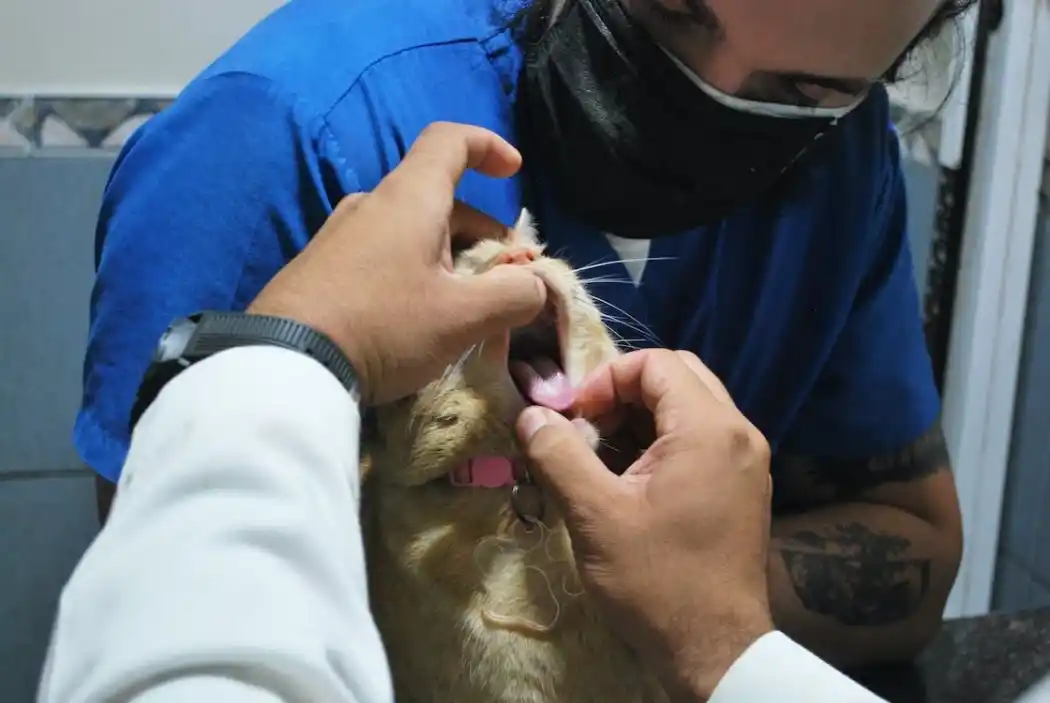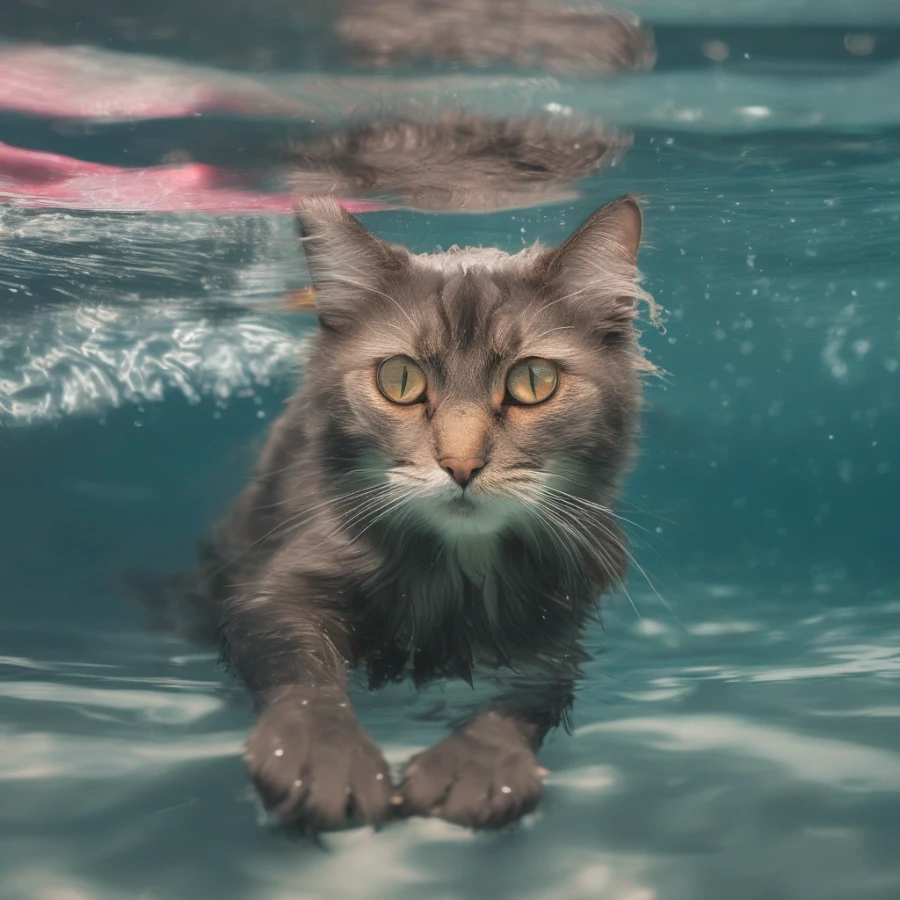How to Prevent Cat Aggression Following a Vet Visit

Published by: Tatsiana Korshik
Time to Read: 5 Min

How to Prevent Cat Aggression Following a Vet Visit
A visit to the vet can be a stressful experience for cats, and it's not uncommon for them to exhibit aggression or anxiety afterward. To prevent cat aggression following a vet visit, you can try the following strategies:Create a Safe and Quiet Environment: When you bring your cat back home from the vet, make sure to provide a calm and secure space for them. Set up a quiet room where they can retreat to and feel safe. Provide familiar bedding, toys, and hiding spots to help them relax.
Give Your Cat Space and Time: Allow your cat to decompress and adjust to their surroundings at their own pace. Avoid overwhelming them with attention or handling immediately after the vet visit. Give them some alone time if they prefer it and let them come to you when they feel ready.
Maintain a Consistent Routine: Cats are creatures of habit, and disruptions to their routine can cause stress. Try to maintain their regular feeding, play, and sleep schedule as much as possible to provide a sense of stability.
Use Pheromone Products: Feliway is a synthetic pheromone spray or diffuser that can help calm cats and reduce their stress. It mimics the natural facial pheromones produced by cats, creating a familiar and comforting environment. Consider using Feliway in the area where your cat spends most of their time.
Provide Positive Reinforcement: Use positive reinforcement techniques to reward your cat for calm and non-aggressive behavior. Offer treats, praise, and gentle petting when they display relaxed behavior, helping to create positive associations with their environment and interactions.
Gradually Reintroduce Other Pets: If you have other pets at home, it's important to reintroduce them slowly and carefully. Keep them separated initially, allowing your cat to regain their confidence and adjust to their environment. Gradually reintroduce them under controlled circumstances to prevent aggression or conflicts.
Consult with a Veterinarian or Animal Behaviorist: If your cat's aggression persists or worsens, it may be beneficial to seek professional guidance. A veterinarian or animal behaviorist can assess your cat's specific situation and provide personalized advice and strategies to address the aggression.
Remember, each cat is unique, and it may take time for them to fully recover from the stress of a vet visit. Patience, understanding, and a calm environment can go a long way in helping your cat regain their sense of security and prevent aggression.
Prevent Post Vet Visit Conflicts
To prevent conflicts among pets following a vet visit, particularly between cats, you can take several measures:Keep the Cats Separated: When you bring your cat back from the vet, it's essential to keep them separated from other pets, especially if there is a history of conflicts or aggression. Provide each cat with their own space, such as separate rooms or designated areas, to avoid immediate confrontations.
Scent Exchange: Cats rely heavily on scent to recognize each other. Rub a towel or cloth on one cat to capture their scent and then place it near the other cat's resting area. This can help familiarize them with the scent of the returning cat before they physically interact, reducing the chances of conflict.
Gradual Reintroductions: After the vet visit, reintroduce the cats slowly and gradually under controlled circumstances. Begin by allowing them to sniff each other under a door or through a baby gate. If their reactions are positive, you can proceed with supervised face-to-face interactions. Ensure these interactions are short, positive, and closely monitored to prevent conflicts.
Use Feline Pheromones: Feliway is a synthetic pheromone product that can help create a calming environment for cats. Consider using Feliway diffusers or sprays in areas where your cats spend most of their time. The pheromones can help reduce tension and promote a sense of security among the cats.
Provide Separate Resources: Cats can become territorial over resources like food, water bowls, litter boxes, and resting areas. Ensure that each cat has their own set of resources to avoid conflicts. Place these resources in separate locations to minimize competition and potential triggers for aggression.
Monitor Body Language: During reintroductions or interactions, observe the body language of both cats closely. Signs of aggression or stress include hissing, growling, raised fur, flattened ears, a stiff body posture, or a swishing tail. If you notice any signs of tension, separate the cats and try again later.
Seek Professional Help: If the conflicts persist or escalate despite your efforts, consider consulting with a veterinarian or an animal behaviorist. They can provide expert guidance, assess the situation more comprehensively, and offer specific strategies to address the conflicts.
Remember, the process of reintroducing cats and preventing conflicts may take time and patience. Each cat has its own unique personality and response, so adjust your approach accordingly. By gradually reintroducing them and providing a calm and controlled environment, you can help reduce the chances of post-vet visit conflicts.



